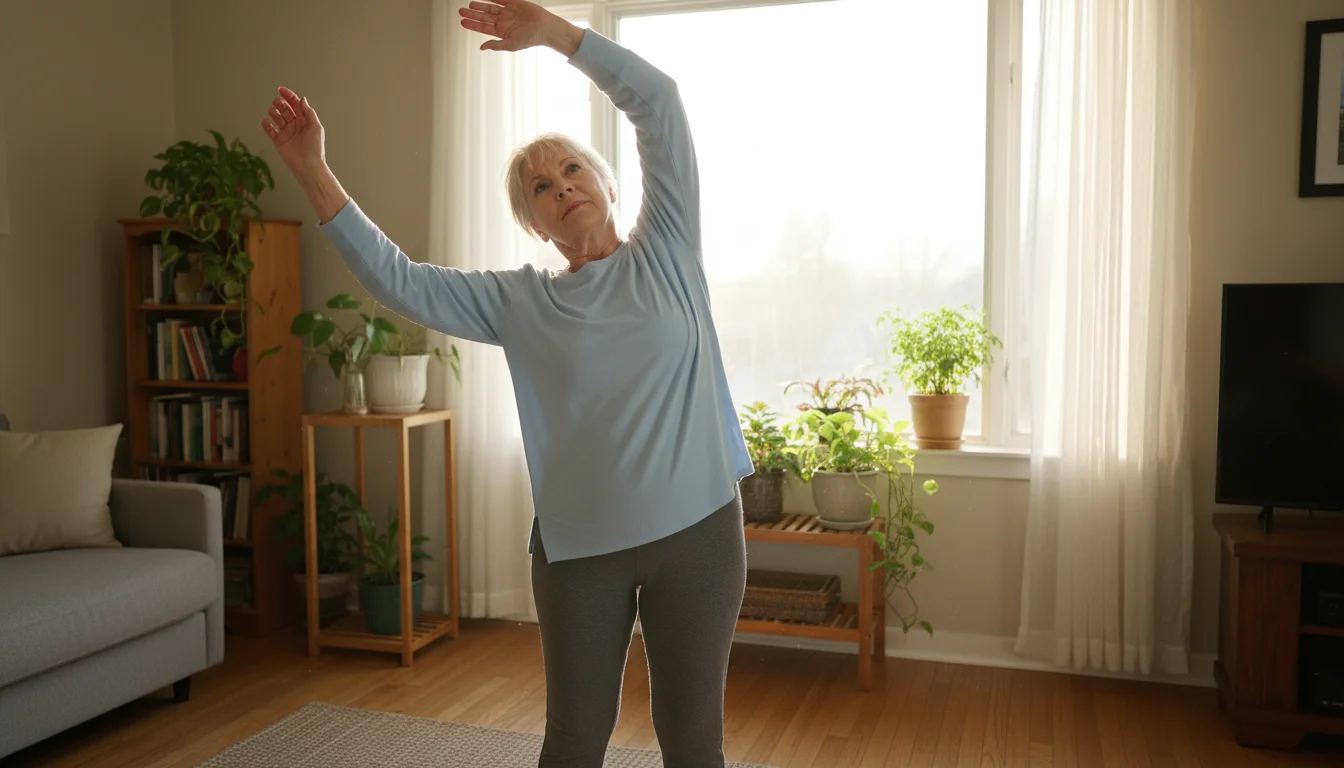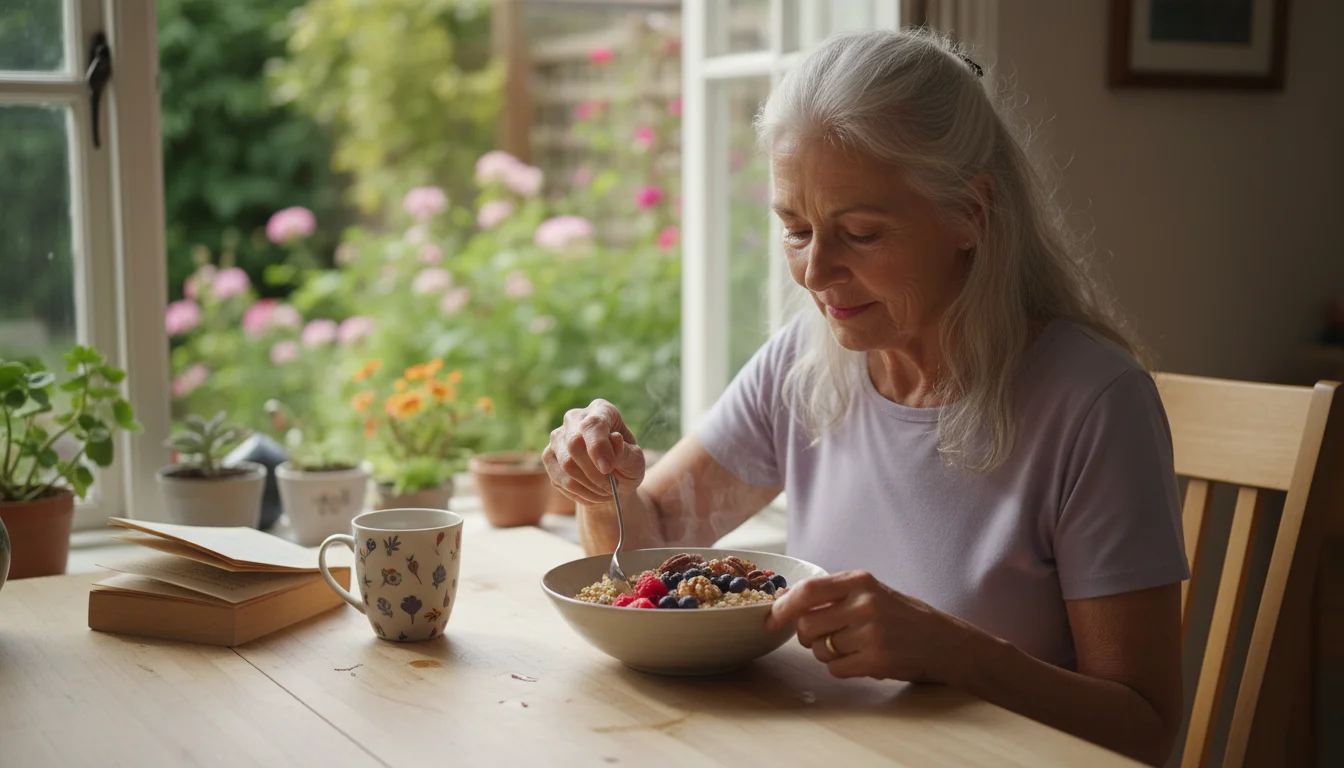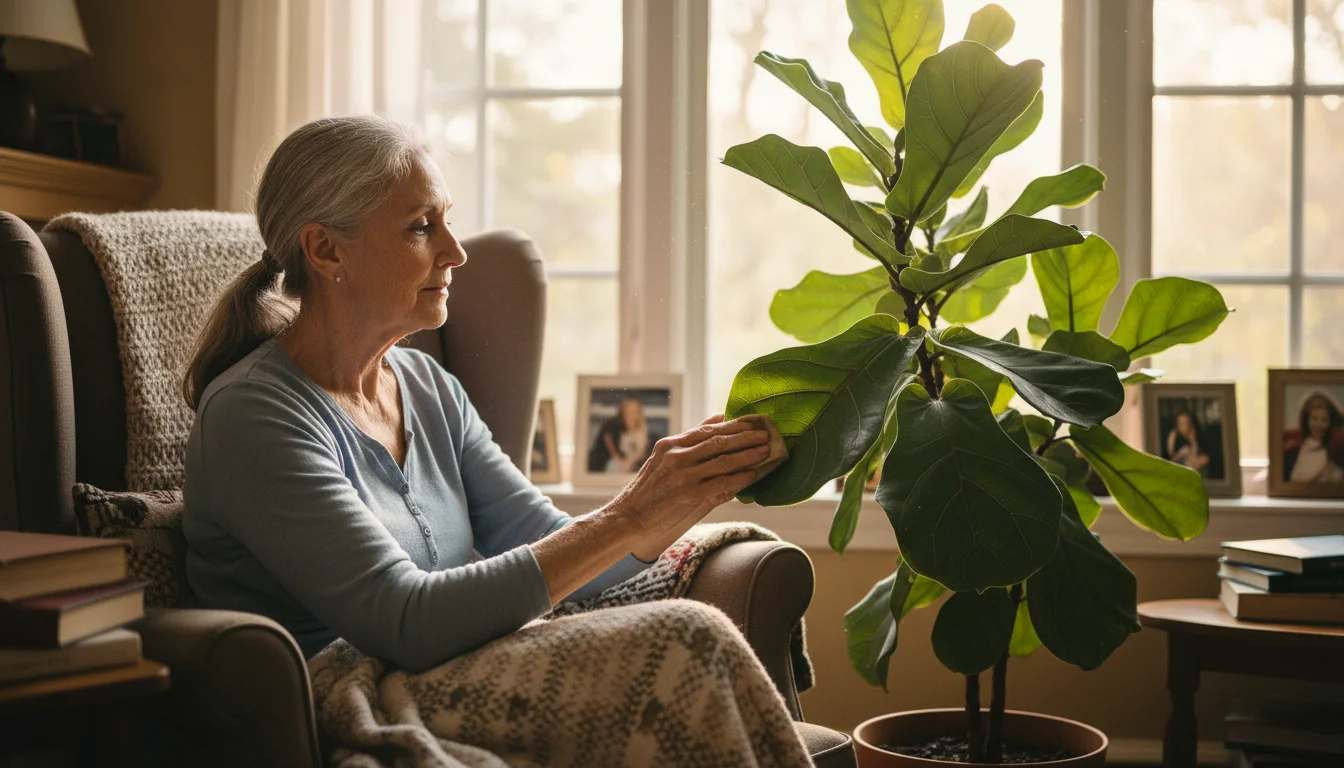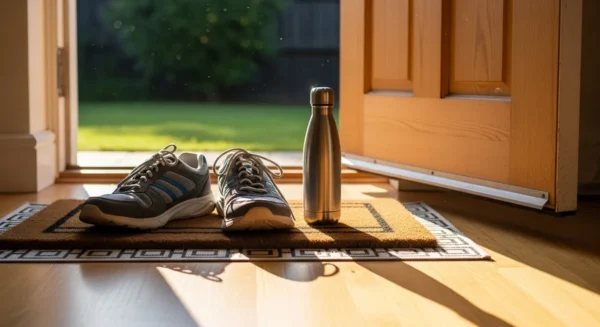
Welcome to a new chapter of your life! Retirement brings the wonderful gift of time, but without the structure of a work-week, it can sometimes feel a bit rudderless. A well-designed morning routine can be your anchor, helping you start each day with purpose, energy, and a positive outlook. It’s not about a rigid, demanding schedule; it’s about creating a gentle, supportive framework that enhances your physical and mental well-being.
Think of this guide as your personal roadmap. We will walk you through, step-by-step, how to craft a morning routine that is tailored just for you. We’ll explore simple, safe, and effective habits that can transform your mornings from uncertain to intentional. Your goal is to build a retirement daily schedule that you look forward to—one that nurtures your health and brings you joy.

First, Understand Why a Routine Matters Now More Than Ever
Before we dive into the “how,” let’s talk about the “why.” Understanding the benefits will give you the motivation to stick with your new habits, especially on days when it feels easier to stay in bed.
The ‘Why’: In retirement, the external schedules that guided your life for decades are gone. This newfound freedom is exciting, but it can also lead to a loss of structure, which can impact sleep patterns, mood, and even cognitive function. A consistent morning routine helps to regulate your body’s internal clock (your circadian rhythm), which improves sleep quality, digestion, and energy levels. It provides a sense of accomplishment and control over your day, boosting your mood and reducing feelings of anxiety or aimlessness. In short, a senior wellness routine is a powerful tool for healthy aging.
The ‘How’: The key is to start small and be kind to yourself. You are not building a boot camp; you are cultivating a series of gentle, healthy habits after retirement. Choose one or two ideas from this guide to start with. Once they feel natural, you can gradually add another. The best routine is the one you can stick with consistently, so make it enjoyable!

Step 1: The Gentle Awakening — Your First 15 Minutes
How you transition from sleep to wakefulness sets the tone for your entire day. Rushing out of bed can be jarring for your body, leading to dizziness or a feeling of stress. Instead, aim for a slow, mindful start.
The ‘Why’: As we age, our bodies need more time to adjust. Blood pressure can drop when you stand up too quickly (a condition called orthostatic hypotension), increasing the risk of lightheadedness and falls. A gentle start allows your circulatory system to adapt, wakes up your muscles slowly, and gives you a moment of peace before the day’s activities begin.
The ‘How’: Follow these simple steps right after your alarm goes off, or whenever you naturally wake up.
- Hydrate Immediately. Keep a glass of water on your nightstand. Before you even sit up, take a few sips. You’ve gone many hours without water, and rehydrating first thing helps to kick-start your metabolism, improve brain function, and flush out toxins.
- Practice In-Bed Stretches. While still lying on your back, gently stretch your body. Point and flex your toes to get blood flowing to your feet. Extend your arms over your head for a full-body stretch. Then, bring one knee at a time toward your chest, holding for 15-20 seconds. This wakes up your joints and muscles safely.
- Sit and Breathe. Slowly swing your legs over the side of the bed and sit for at least a minute. Keep your feet flat on the floor. Take three slow, deep breaths. Inhale through your nose, and exhale through your mouth. This simple act centers you and ensures you feel steady before you stand up.

Step 2: Incorporate Light and Gentle Movement
Once you are up and steady on your feet, the next step is to get your body moving. This doesn’t mean you need to run a marathon. Just 10 to 20 minutes of light activity can work wonders for your energy, mood, and physical health.
The ‘Why’: Morning movement is crucial for seniors. It lubricates the joints, helping to ease the stiffness that can come with arthritis. It improves circulation, which is vital for heart and brain health. It boosts endorphins (the “feel-good” chemicals in your brain) and helps maintain balance and strength, which are your best defenses against falls. This is a cornerstone of any effective senior wellness routine.
The ‘How’: Choose an activity that you enjoy and that feels safe for your body. Always listen to your body and never push through pain.
- Open the Curtains and Let in the Light. Before anything else, let natural sunlight into your home. Sunlight helps to set your body’s internal clock, signaling that it’s time to be awake and alert. It also boosts your body’s production of Vitamin D.
- Take a Short Walk. A simple walk is one of the best forms of exercise. You can walk around your home, in your garden, or down the block. Start with just 5-10 minutes and gradually increase the time as you feel more comfortable. Focus on your posture, standing up tall and swinging your arms.
- Try Seated Exercises. If walking is difficult, you can get a great workout while sitting in a sturdy chair. Try seated marching (lifting your knees one at a time), arm circles, or overhead stretches. There are many excellent guided videos online specifically for seated senior exercises.
- Explore Gentle Practices like Tai Chi or Yoga. These mind-body practices are fantastic for improving balance, flexibility, and focus. Look for a class specifically designed for seniors, either locally or online, to ensure the movements are safe and modified for your needs.

Step 3: Nourish Your Body with a Purposeful Breakfast
Skipping breakfast is a common habit, but it’s one you’ll want to break. A nutritious morning meal refuels your body and brain, providing the sustained energy you need to enjoy your day.
The ‘Why’: After an overnight fast, your body’s energy stores are low. A balanced breakfast replenishes them, stabilizes blood sugar levels (which prevents mid-morning energy crashes), and provides essential nutrients for muscle and bone health. For seniors, a protein-rich breakfast is especially important for maintaining muscle mass, which naturally declines with age.
The ‘How’: Focus on a meal that includes protein, fiber, and healthy fats. This combination will keep you feeling full and energized for hours. Here are a few simple ideas:
- Power-Up with Protein. Aim for around 20-30 grams of protein. Good sources include eggs (scrambled, boiled), Greek yogurt, or cottage cheese. You can also add a scoop of protein powder to a smoothie or oatmeal.
- Fill Up on Fiber. Fiber aids digestion and keeps you regular. Find it in whole-grain toast, oatmeal, or by adding berries, nuts, or seeds (like chia or flax) to your yogurt or cereal.
- Don’t Forget Healthy Fats. Fats help you absorb vitamins and keep you satisfied. A quarter of an avocado on your toast, a handful of walnuts in your oatmeal, or a sprinkle of seeds on your yogurt are all great options.

Step 4: Engage Your Mind for Cognitive Vitality
A complete morning routine for seniors nourishes the mind as well as the body. Just as your muscles need exercise, your brain needs stimulation to stay sharp and healthy. Dedicate a small part of your morning to an activity that makes you think.
The ‘Why’: Engaging in mentally stimulating activities can help build cognitive reserve, which is the brain’s ability to withstand age-related changes and challenges. It can improve memory, focus, and problem-solving skills. Moreover, it provides a sense of purpose and can be a very enjoyable part of your retirement daily schedule.
The ‘How’: The key is to choose something you find interesting and that offers a slight challenge. Mix it up to work different parts of your brain.
- Read Something. This could be the newspaper, a chapter of a book, a magazine, or an interesting article online. Reading keeps your mind active and exposes you to new ideas and vocabulary.
- Play a Brain Game. Puzzles are excellent for cognitive health. Try a crossword, Sudoku, or a jigsaw puzzle. There are also countless brain-training apps available for phones and tablets.
- Learn Something New. Retirement is the perfect time to learn that thing you never had time for. Spend 15 minutes a day learning a new language with an app, watching a documentary, or taking an online course on a topic that fascinates you.
- Practice Mindfulness or Journaling. Spend a few minutes in quiet reflection. You can write down three things you are grateful for, jot down your thoughts and feelings, or simply meditate. This practice reduces stress and improves mental clarity.

Putting It All Together: Your Sample Routine
Now, let’s see how these pieces can fit together. Remember, this is a flexible template, not a strict rulebook. Adjust the times and activities to fit your lifestyle and energy levels.
Example Morning Schedule:
- 7:00 AM: Wake up, drink water, do in-bed stretches.
- 7:15 AM: Sit on the edge of the bed, take deep breaths, then stand up. Open the curtains.
- 7:30 AM: Enjoy a 15-minute gentle walk around the house or garden.
- 7:45 AM: Prepare and eat a nourishing breakfast (e.g., oatmeal with berries and nuts).
- 8:15 AM: Sit in a comfortable chair with your coffee or tea and do a crossword puzzle or read the news.
- 8:45 AM: Tidy up the kitchen, get dressed, and feel ready to officially start your day!

A Gentle Reminder: Please Consult Your Doctor
This guide is for informational purposes only. Before making any significant changes to your diet or starting a new exercise program, it is essential to speak with your doctor or a qualified healthcare provider. They can help you create a plan that is safe and effective for your specific health needs and conditions.

Conclusion: Embrace Your New Beginning
Creating a morning routine that works for you in retirement is an act of self-care. It’s about honoring your body, engaging your mind, and setting a positive foundation for each day you have been given. Start slowly, be patient, and celebrate the small victories. You are not just filling time; you are investing in a healthier, happier, and more vibrant you. Your mornings are yours to shape—make them wonderful.
For expert guidance on senior health and finance, visit Benefits.gov, National Institute on Aging (NIA), Centers for Disease Control and Prevention (CDC) and Medicare.gov.
|
Fact-Checked Content
Our editorial team reviews all content for accuracy and updates it regularly. Learn about our editorial process →
|


















